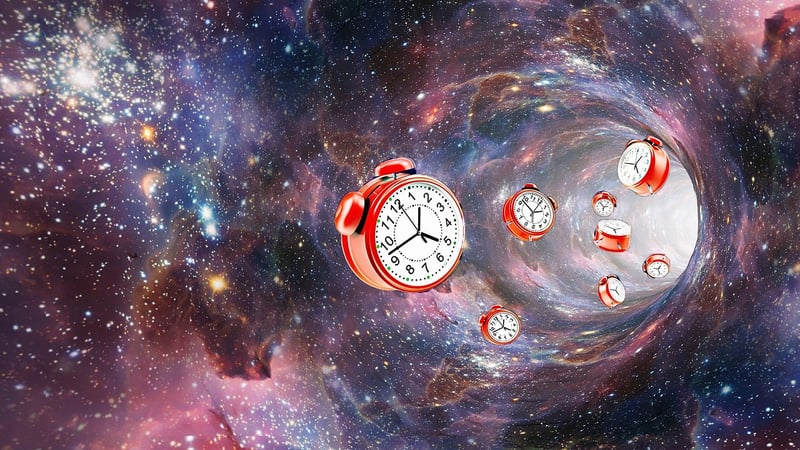Time Warp Mechanics
Constructing Time Travel: Time Warp Mechanics
Time travel has been a fascinating concept in science fiction for decades, but is it really possible? Let's explore the idea of time travel and delve into the mechanics of a hypothetical time warp.
Understanding Time Travel
Time travel refers to the concept of moving between different points in time. While it is a popular theme in movies and literature, the scientific community debates its feasibility due to various paradoxes and challenges.
The Concept of Time Warp
A time warp is a hypothetical distortion of spacetime that could allow for time travel to occur. This distortion could bend time in such a way that it creates a shortcut between two points in time, enabling someone to travel backward or forward in time.
Key Elements of Time Warp Mechanics
- Wormholes: Wormholes are theoretical passages through spacetime that could create shortcuts for long journeys across the universe, potentially enabling time travel.
- Black Holes: Black holes have immense gravitational pull that can warp spacetime. Approaching a black hole could theoretically allow for time dilation and potential time travel effects.
- Quantum Mechanics: Quantum mechanics, especially concepts like quantum entanglement and superposition, could play a role in manipulating particles at a quantum level to facilitate time travel.
The Grandfather Paradox
One of the most famous paradoxes associated with time travel is the Grandfather Paradox. It questions what would happen if a time traveler went back in time and prevented their grandfather from meeting their grandmother, thus preventing their own birth.
Conclusion
While the concept of time travel and time warp mechanics is intriguing, it remains largely theoretical and subject to intense scientific scrutiny. As technology and our understanding of the universe advance, who knows what mysteries of time we may one day unravel.

Image Source: Pixabay
